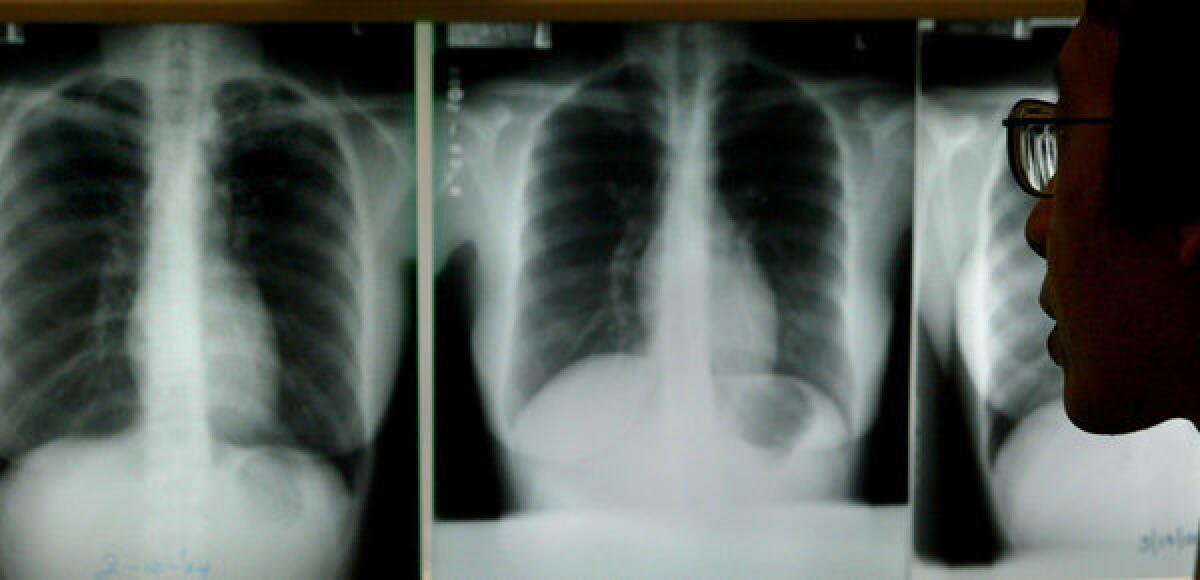How infected passengers are kept off commercial flights

More than 70 passengers on a US Airways Express plane were recently surprised to see police and paramedics board the jet in Phoenix and announce that a fellow flier might have tuberculosis, a contagious airborne disease.
Further tests by the Maricopa County Public Health Department in Phoenix determined a few days later that the passenger was not infected with TB.
But don’t fret. It is extremely rare for a passenger with a highly contagious disease to board a commercial plane, according to the national Centers for Disease Control and Prevention.
Local health officials alert the CDC about people with highly contagious diseases and the center notifies the Transportation Security Administration, which adds those names to a “Do Not Board” list. It is similar to the “No Fly” list used to keep potential terrorists off of commercial jets.
The US Airways Express passenger was apparently added to the “Do Not Board” list after he had boarded the plane. It’s the first time TSA officials say they can recall a passenger being added to the list after getting on a plane.
Since May 2007, 314 people have been put on the “Do Not Board” list, and only 68 people are currently on the list, according to CDC spokesman Benjamin N. Haynes.
Here’s how the process works: If you are within four to seven seats of an infected passenger, the CDC will contact you, using the flight’s manifest to identify who has been exposed. How many passengers are contacted depends on the disease, how it spreads and where the infected passenger was seated, according to the CDC.
Passengers are added to the “Do Not Board” list if they have one of nine contagious diseases, including tuberculosis, cholera, smallpox, diphtheria, plague, yellow fever, viral hemorrhagic fever, SARS or a flu that can cause a pandemic.
But the process makes it difficult for infected fliers to get on a plane, Haynes said.
“With the exception of TB, most of the other diseases are extremely rare or eradicated, in the case of smallpox, so the issue hasn’t arisen,” Haynes said.
ALSO:
US Airways faces labor strife ahead of airline merger
What to do with the loose change left at TSA checkpoints?
Passenger on US Airways Express flight did not have TB, tests show







